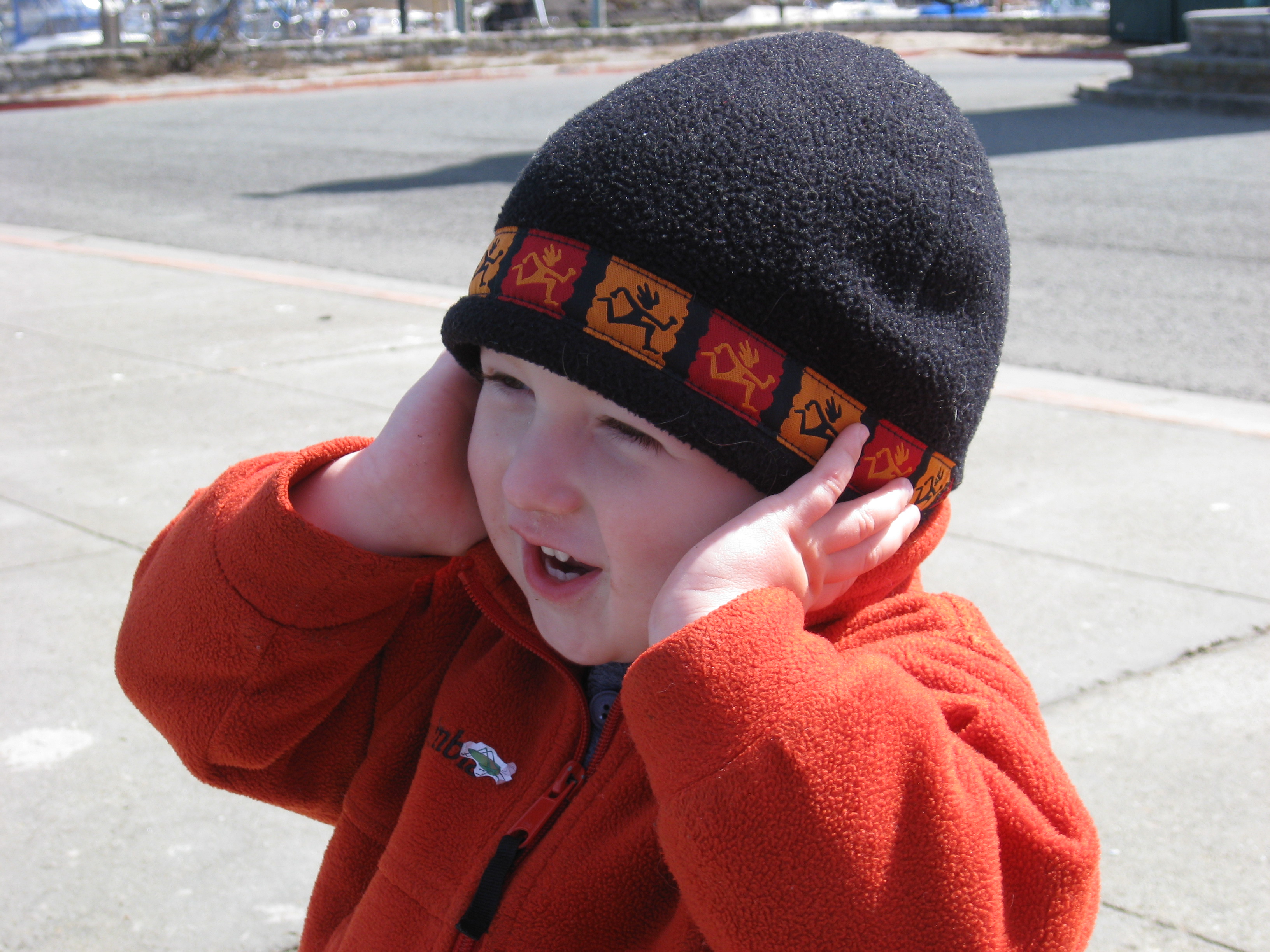Tag: loudness
New loudness standards released for streaming content
The Audio Engineering Society has rolled out new recommendations for audio levels of streaming content.‘The Pub’ #36: How loudness technology can make audio better, with APM’s Rob Byers
The technology knows that our ears perceives frequencies differently and accounts for the discrepancy.PRSS delays fix for audio levels
The Public Radio Satellite System has pushed back its plan to change the level at which it provides audio to member stations.Fix to pubradio’s loudness problem rolls out to stations
Sssshhh . . . the sound of public radio is about to get a little quieter. But if all goes according to ...Public Radio Satellite System adopts new standard for audio levels
The Public Radio Satellite System adopted standards Thursday intended to normalize audio levels among the programs it distributes to stations. PRSS adopted an ...Working group nears standard for audio levels in PRSS content
Members of an NPR working group aiming to standardize levels of audio content delivered via the Public Radio Satellite System believe they ...Why you’re doing audio levels wrong, and why it really does matter
Inconsistent loudness among public radio shows frustrates listeners and poses challenges for technical staffers.




